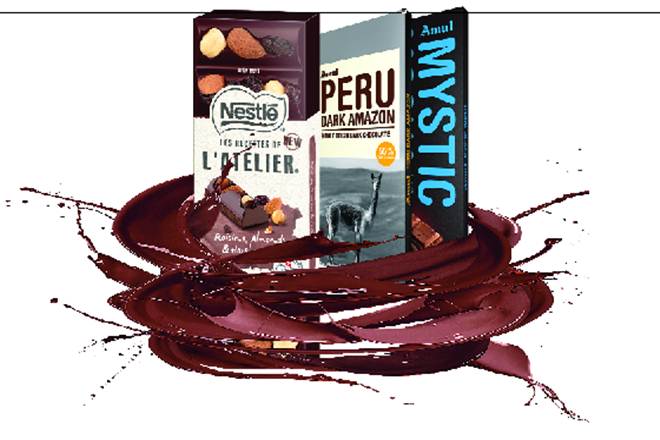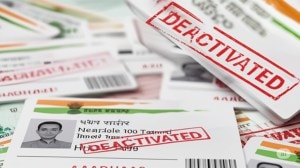There was a time when chocolate meant, quite acceptably, a bar of Cadbury Dairy Milk. But evolving consumer tastes, exposure to international brands and the desire to experiment have given a sweet spin to the chocolate category in India, and an impetus to premiumisation.
The India Chocolate Market Forecast and Opportunities report by TechSci Research estimates that revenue from the Indian chocolate market is expected to reach $3 billion by 2019 at the back of increasing demand for dark and premium chocolates. Most recently, Nestlé brought its artisanal, premium chocolate brand Les Recettes de l’Atelier to India, originally launched in 2014 in Switzerland and France. Priced between Rs 240-400, it is available across select e-commerce platforms and select stores in major cities.
Bite of luxury
Back in 2016, ITC had launched its homegrown luxury chocolate brand Fabelle. From being retailed at boutiques in ITC hotels — which meant limited footprint — the chocolate brand made its way to gourmet food stores such as Godrej Nature’s Basket and Foodhall. Anuj Rustagi, COO, chocolate, coffee and new categories, ITC, informs that Fabelle has emerged as a popular gifting option, contributing upwards of 30% to sales. Although boutiques account for 80-90% of sales, a lot of effort is being directed towards improving the touchpoints where consumers can access Fabelle. “We did an experiential activation with chef Vicky Ratnani pre-Diwali at Select CityWalk mall in Delhi. Sales there have gone up by eight to 10 times as an impact of both the festive momentum and the activation,” Rustagi adds.
Luxury confectionery products usually see impulse purchases; and if they are being bought as gifts, packaging is a big lure. So, a consumer intending to splurge on chocolates can be easily tempted towards related categories such as gourmet or premium chocolate cookies, for instance. Avinash Tripathi, AVP, Godrej Nature’s Basket, says, “Premium brand perception is influenced by price, packaging, ingredients, the point of purchase and brand experience.” For the retailer, premium chocolates contribute 46% to the overall confectionery category and grow at 32% m-o-m in comparison to the generic confectionery range (growing at 5%). “Premium cookies contribute 58% to the total cookie category sales,” Tripathi shares.
So do these ‘related’ categories eat into the premium chocolate share? Rustagi believes that categories such as premium or luxury cookies and bakery products are quite complementary as they signal more consumers coming into the premium fold. Fabelle’s activations are aimed at encouraging consumers to pair chocolates with other gourmet or premium foods. The brand had recently launched a limited edition Ruby chocolate and plans to bring out more such luxury offerings in the future.
The dark side
Riding the increasing consumer affinity towards dark chocolates, Amul now has over 25 variants that make up about 85-90% of the company’s chocolate portfolio. Around 90% of the sales is driven by the offline channel, while its total sales across e-commerce channels crossed Rs 50 lakh, going up from around Rs 2 lakh in January this year, shares Jayen Mehta, senior general manager (planning and marketing), Gujarat Cooperative Milk Marketing Federation (owner of brand Amul). With feedback from social listening, word of mouth and activations, Amul has just launched its first advertising campaign for its dark chocolate portfolio. Thus far, the task of informing customers of the source of the cocoa bean for particular variants, such as Peru Dark Amazon and Ivory Coast Grande Nuit, was left to the packaging. “We want to break the myth that chocolate could only mean Swiss or Belgian. We have focussed on the countries that are producers of cocoa beans and created a range of what we call Single Origin chocolate,” Mehta adds.
While it all sounds exotic, price could still be a barrier. The term ‘premium’ is relative — a premium chocolate from a brand with mass appeal could be priced differently from that of a luxury chocolate brand. Irrespective of that, upgrading consumers could be a major challenge. Rajat Wahi, partner, Deloitte Consulting, says, “While the category is growing fast from a small base, the total market still continues to be niche.” Furthermore, not having enough touchpoints for customers to taste and experience the product is a problem. “There aren’t too many premium malls where brands can open their exclusive outlets,” he notes. Growth by volume, then, would be trumped by value for some time to come.









